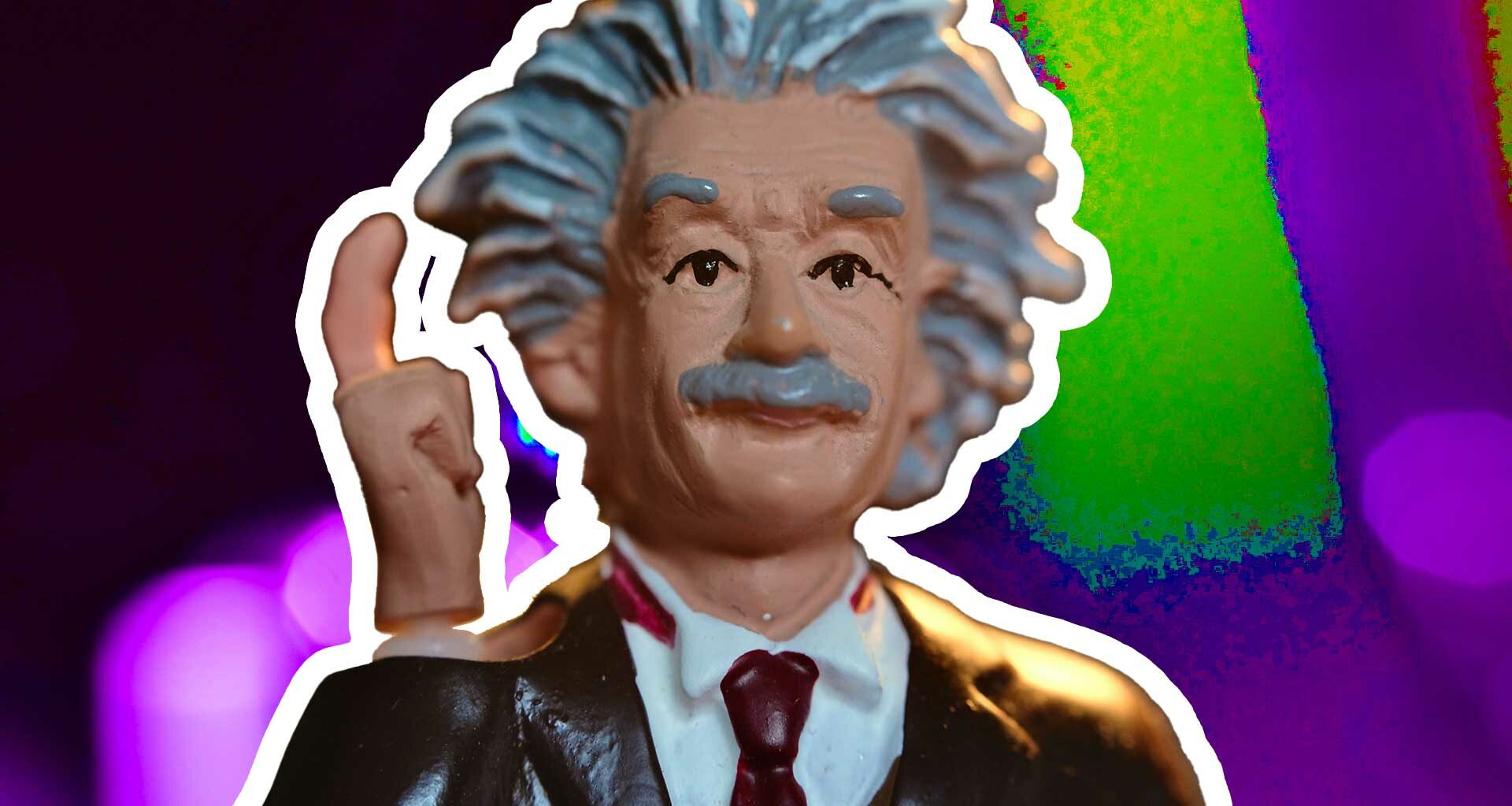Customer experience is at the core of all company functions. Organizations should look to new methods of transformation to uncover inefficiencies and drive new value.
As a result of the global pandemic, many organizations were forced — almost overnight — to become more responsive to amplified customer needs and customer experience than previously thought possible. In the current environment, ‘good’ customer service is no longer ‘good enough,’ as increased competition, ease of purchase via digital/e-commerce and physical retail options, and hyper-personalization reign. And given the stakes, strategic plans for digital transformation accelerated from an execution timeline of years to weeks. However, shifting to a hyper-focus on the customer requires changes in technology, process, and innovation to enable a transformed customer experience — and adds risk if a comprehensive view is not taken.
by Daniel Csoka
Many organizations have undergone rapid technology transformations. A Deloitte/Fortune January 2021 CEO Survey shows 85% of CEOs agree that COVID-19 rapidly accelerated their organizations’ digital transformations — and invested in emerging technologies, systems, and processes to support customer experience. However, they also reported finding that desired outcomes and return on investment is sometimes not completely realized. Typically, transformations fail for four main reasons:
- Embarking on process redesign or innovation implementation without using a data-driven approach for identifying opportunities that can directly link to the desired results.
- Limited transparency to connections between processes, technology, and people doing the work can create new issues downstream or limit the improvements in cycle time, processing cost or quantifiable customer engagement.
- Failing to infuse practical innovation: Either not implementing innovation into processes or adding only the latest ‘quick fix’ tech innovations without thinking of these as enablers of healthy processes.
- Inability to enable transformation sustainability — how to alter the operating model and drive buy-in and accountability so that transformation projects drive continuous results.
To address these challenges through a fresh lens in a highly competitive marketplace, C-suite business and technology leaders should identify new opportunities to refine customer experience by utilizing a next-generation process transformation approach to drive value in processes from the inside out.
Shift in Mindset
As leaders look at opportunities to drive investments in business transformation and better customer experience outcomes, a shift in mindset is required. Organizations should view customer issues as a symptom of a greater problem rather than the root cause of frustrations along the customer journey. This involves the use of process transformation and data to uncover inefficiencies and drive specific, quantifiable outcomes that can lead to immediate value realization and improved CX. For example:
- A Fortune 500 fashion and consumer goods company needed to resolve issues with their lack of integration in retail operations, which often led to customer confusion and shopping cart abandonment. The company used process mining to organize retail data along the value chain and pinpoint the root cause of customer challenges, then integrated omnichannel platforms to improve inventory and demand forecasting. The unified process transformation strategy enabled a 20%+ reduction in order returns, mitigated $50M in sales risk, improved NPS by 7%, reduced out-of-stock cases by 7%, and $2M in annual cash discounts.
- A major oil and gas company started to investigate what they thought were CX issues, and through process mining, uncovered that workflow inefficiencies and non-standard process variants driven by system limitations and legacy behavioral discrepancies were leading to customer dissatisfaction. As a result of this discovery, the organization was able to optimize the customer payment journey by reducing invoicing delays and helped identify $500M in working capital savings. The process improvements led to a 64% increase in on-time customer payments and 20% increase in favorable customer responses about the billing process.
Steps for Success
As C-level and IT leaders look to differentiate their organizations and identify new opportunities to refine customer experience, they should consider the following steps to develop future state technology-enabled processes that drive specific outcomes:
- Process capture: While many companies want to move past current state right into future state, understanding priority opportunities and tactics as to what to fix are critical. To begin, organizations should start by taking a look at current state processes and their performance through discovery and analysis. This can include automated discovery with process mining, process modeling and desktop activity mining.
- Organizations should next execute process envisioning by implementing tools such as data visualization, digital twin, and process simulation to identify areas of opportunity and create a future state design.
- Once these steps have been completed, companies will have a high-level view that pinpoints common problems and can explore options and models to predict the end state. At this point, execution of the process transformation begins by leveraging advanced, next-generation techniques such as model-driven development and process orchestration, and tools such as intelligent automation.
- Finally, process sustainability — or continuous improvement and management using ongoing monitoring, tracking and maintenance — is key in ensuring long-term success and identifying new issues or opportunities to improve the customer experience process further.
By leveraging innovative technology to look at data in new ways, organizations can revolutionize processes and customer experience — helping them truly stand out and create new value in today’s increasingly competitive market by accelerating higher ROI and decreasing implementation risk.
This article originally appeared in InformationWeek. Photo by Andrew George on Unsplash.






 Daniel Csoka
Daniel Csoka 





